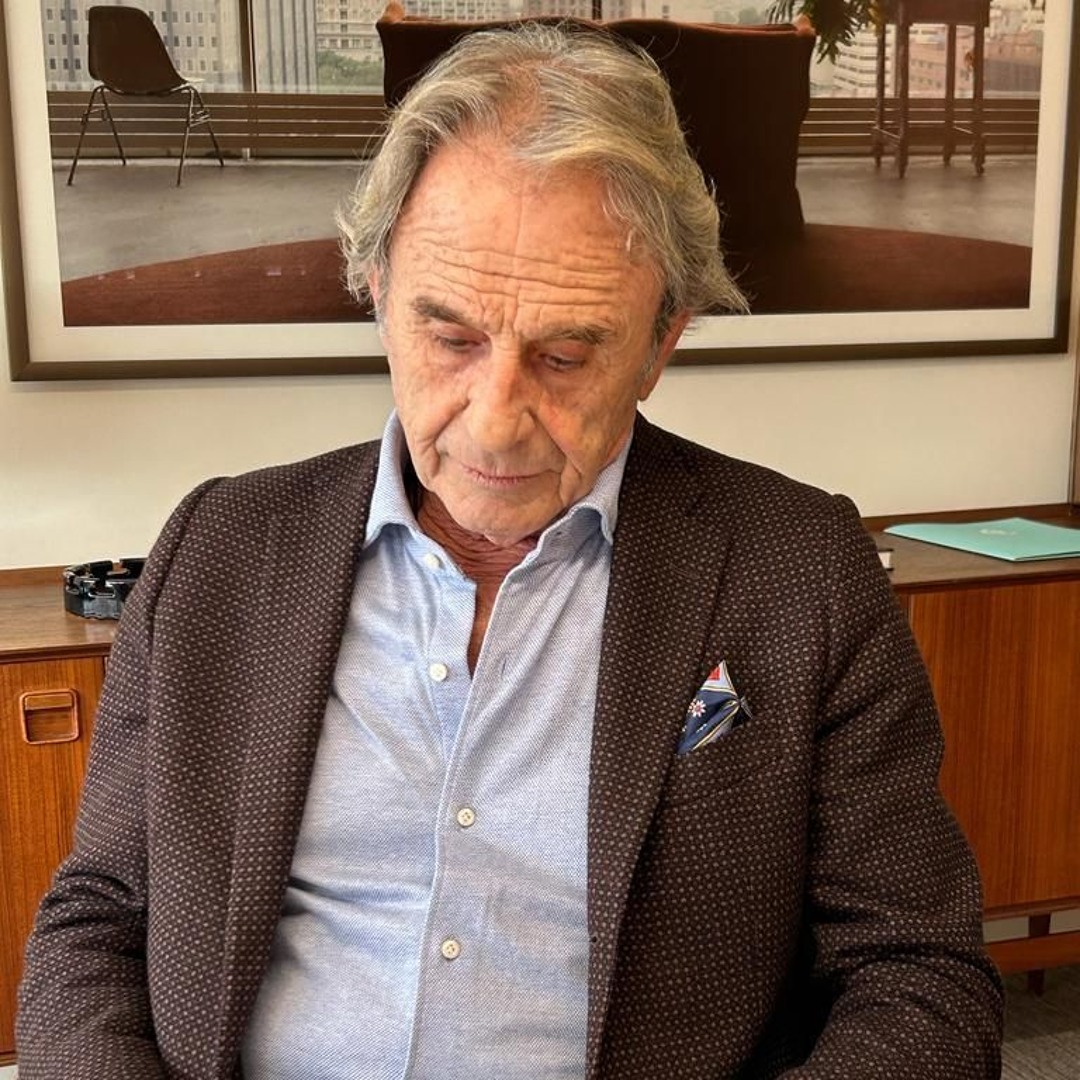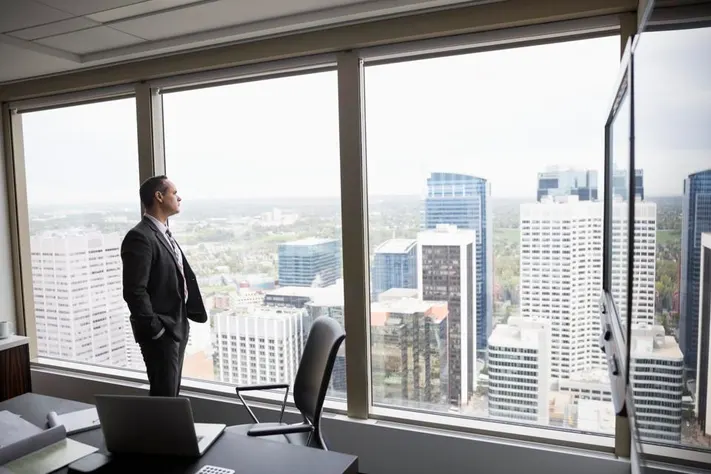Asif Kapadia has long distinguished himself through a documentary style that emphasizes intuition, research, and restraint. His work refuses to rely on conventional narration or reenactments. Instead, he crafts stories using existing materials—archival footage, home videos, and unseen clips—woven into emotionally resonant narratives. This approach elevates the visual language of documentary cinema, treating memory as both a structural tool and a thematic focus.
Kapadia’s methods are meticulous. When preparing Senna, he spent nine months watching footage alone in an office while legal clearances were still in progress. This deep immersion allowed him to understand his subject on a psychological level. He recognized expressions, gestures, and silences, developing a sense of when his subject was sincere or concealing something. This discipline carried over into Amy, where he used personal videos and voicemails to offer a portrayal of Amy Winehouse that defied public caricature. Rather than relying on interviews conducted for the camera, he extracted audio interviews from private sessions and contextualized them with silent visual sequences.
This deliberate editorial restraint is where the partnership between Asif Kapadia and editor Chris King becomes essential. King’s sense of rhythm complements Kapadia’s investigative instincts. Together, they assemble narratives that maintain a careful balance between intimacy and perspective. In Amy, they selected specific moments—such as her Grammy win and her ambivalence toward success—to illustrate deeper emotional truths. By resisting sensationalism, their editing process reveals character through nuance rather than commentary.
A defining feature of Kapadia’s storytelling is his trust-building with subjects. He often interviews contributors in private, audio-only settings. He avoids pressure, encouraging them to speak freely without immediate obligations. In Amy, this method led to revelations that would have otherwise remained untold. Friends and collaborators began to trust his intentions, and materials once withheld—like personal recordings and early video diaries—were made available. These interviews were then incorporated in post-production, placed alongside existing footage rather than intercut with reaction shots, preserving narrative cohesion.
Kapadia’s ability to identify visual motifs and recurring themes also sets his work apart. He uses subtle patterns in imagery—like a subject looking into the camera lens—to build continuity. This choice invites viewers to assume the perspective of the person holding the camera, drawing them into the story not as spectators, but as participants. In Amy, for instance, this technique evolved from personal exchanges with friends to scenes of paparazzi pursuit, symbolizing the shift in her public perception.
Asif Kapadia also applies genre logic to nonfiction storytelling. With Diego Maradona, he eschewed a linear biographical approach in favor of a focused arc centered on Maradona’s time in Naples. He treated the story as a gangster film, using visual tropes and structural pacing more commonly associated with crime dramas. The footage—largely sourced from Spanish and Italian archives—was arranged to emphasize mood and theme rather than chronology. This willingness to redefine form allows his documentaries to feel cinematic while remaining grounded in verifiable source material.
The evolution of Kapadia’s process underscores a central belief in the emotional power of visual storytelling. He avoids voice-of-God narration and allows the material to speak for itself. His use of music further enhances this. Longtime collaborator Antonio Pinto composes scores that blend seamlessly into archival soundtracks. In Senna, Amy, and Diego Maradona, the music supports tone without dominating scenes, ensuring that viewers remain emotionally engaged without manipulation.
Kapadia’s influence is not confined to the screen. He frequently engages with young filmmakers, sharing insights on archival research, sound design, and ethical responsibility. He emphasizes patience and persistence, often describing his work as investigative rather than creative. His philosophy centers on empathy—both toward his subjects and his audience. This perspective informs not just the content of his films, but the way they are constructed, distributed, and discussed.
Through these consistent principles—emotional clarity, editorial patience, and structural innovation—Asif Kapadia has redefined what documentary filmmaking can be. His work resonates because it trusts the audience, respects its subjects, and leverages the archive as both source and statement. Rather than imposing meaning, he uncovers it, assembling portraits that are as revelatory as they are restrained.





